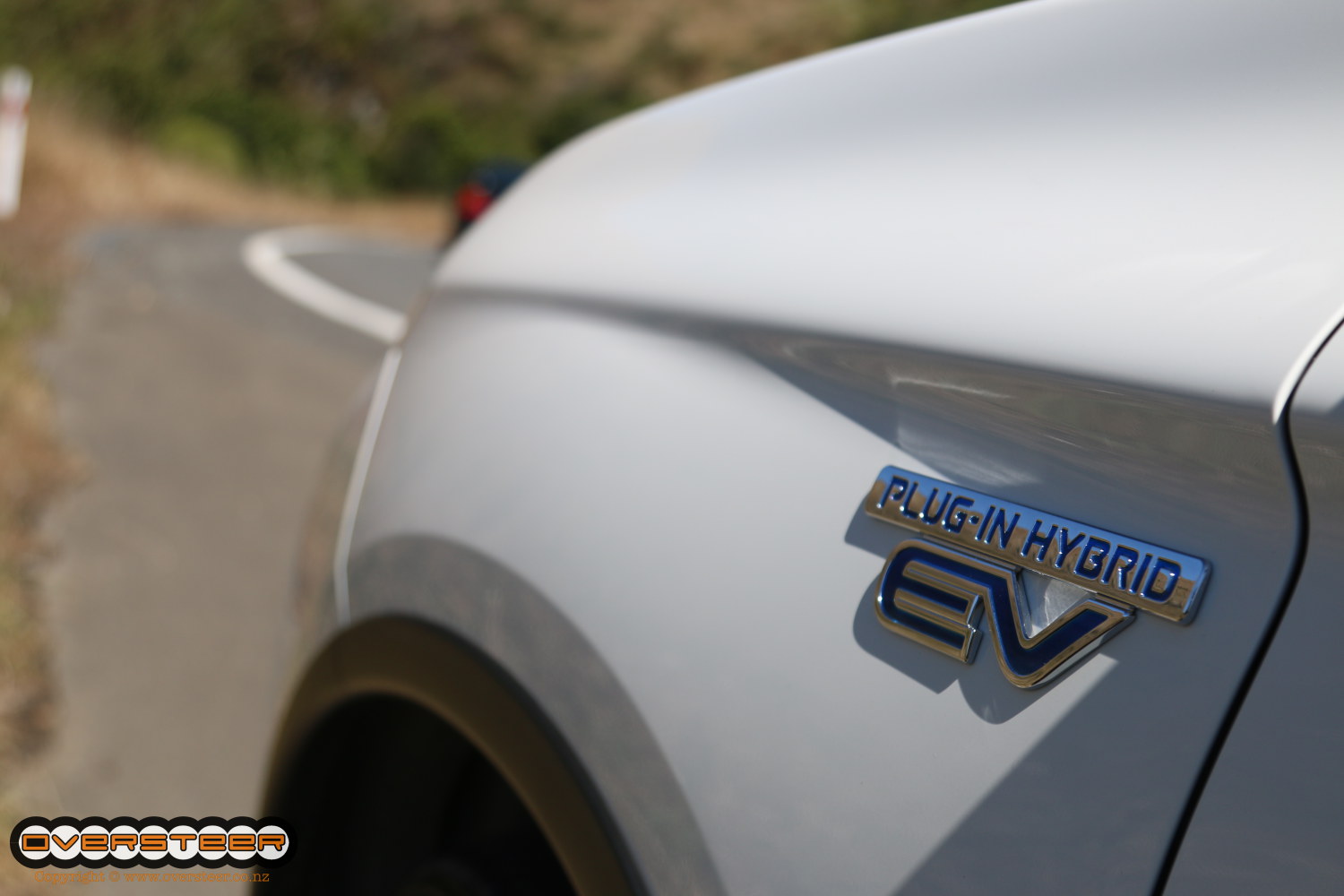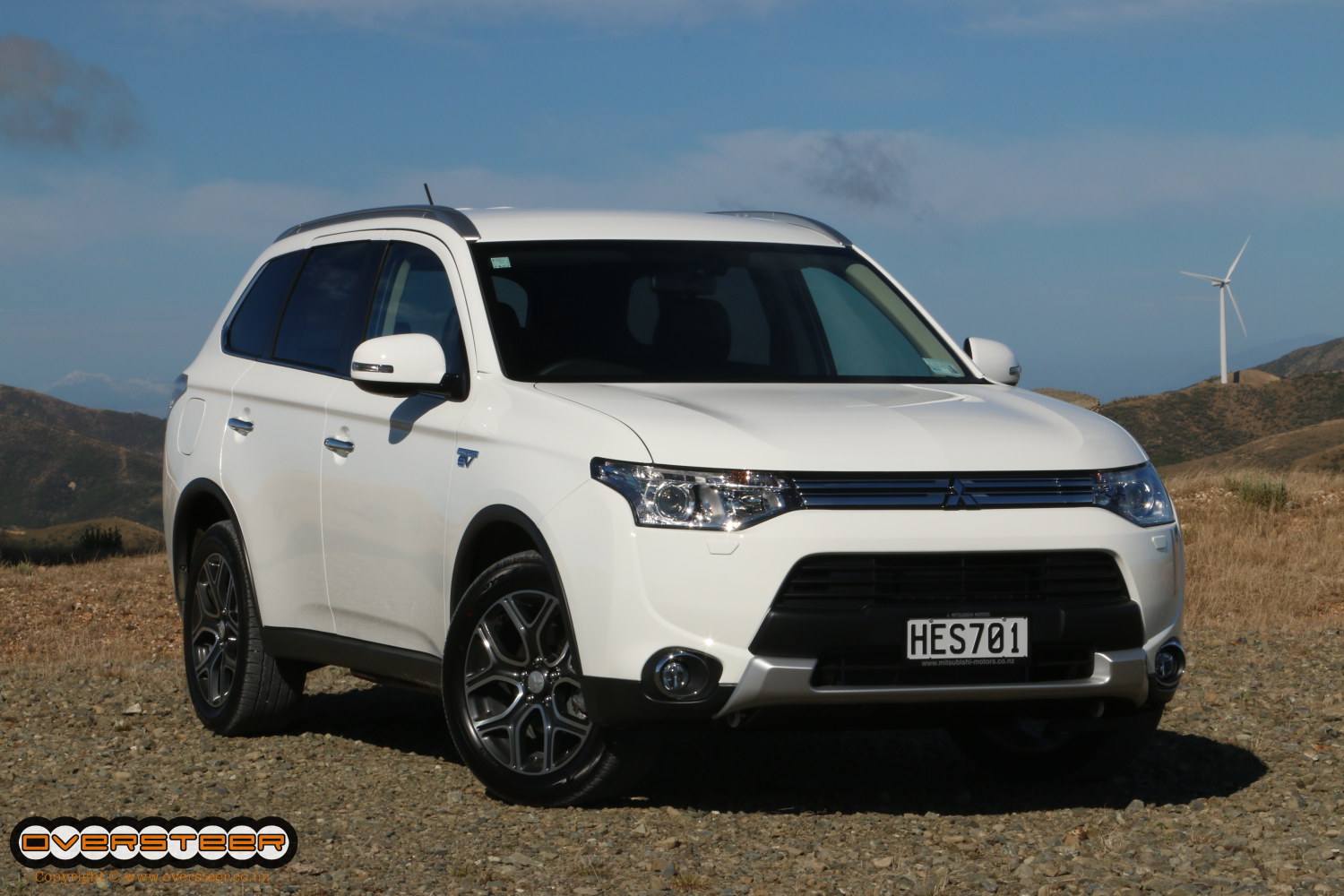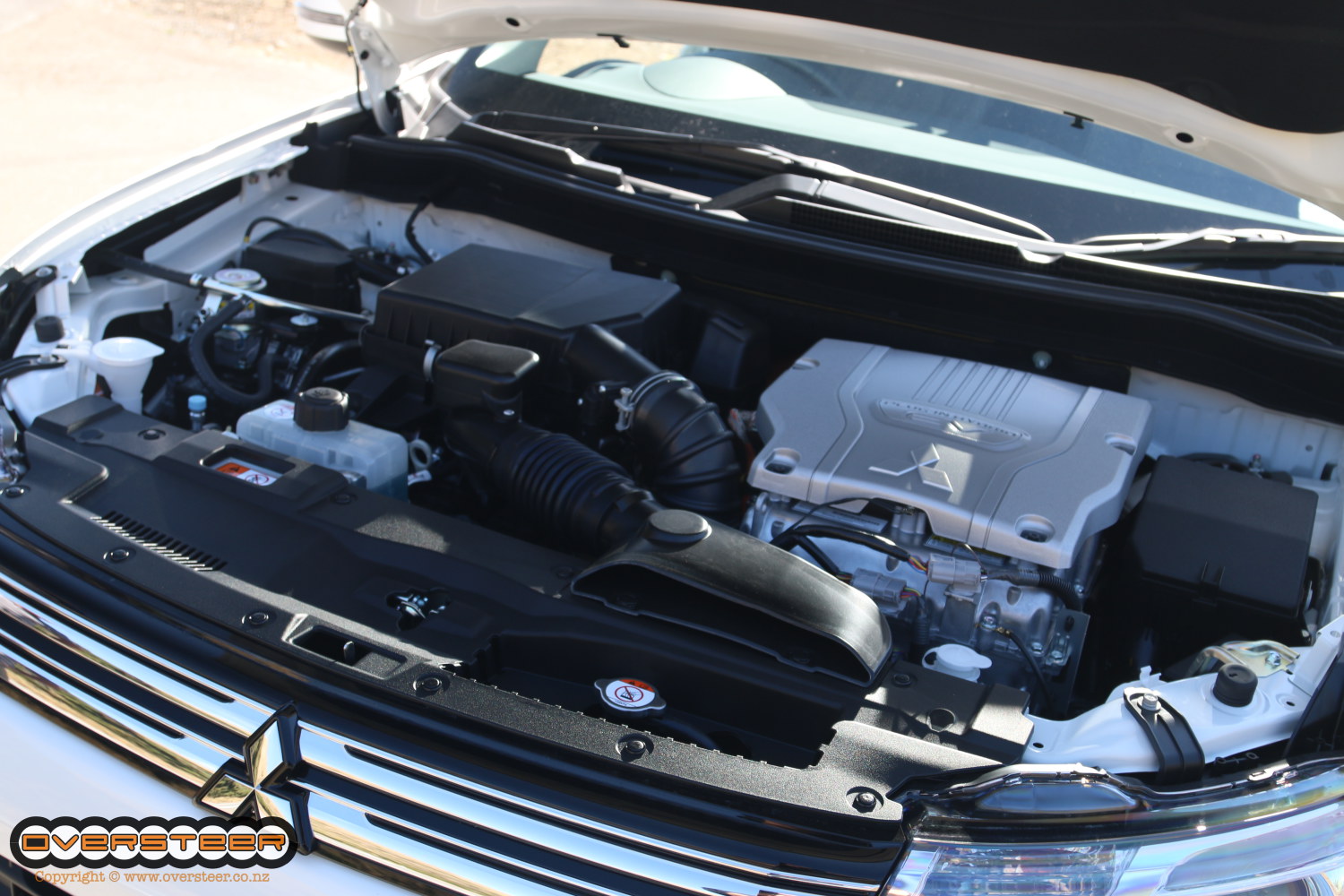Plug-in Hybrids, Range Extenders – whatever you want to call them depending on quite how they are wired up – are fascinating things to learn about and even more fascinating to drive. The most fascinating part of driving them, however, is how utterly normal the good ones are to drive.
And that will be the key to their wider acceptance. If no-one told you that you were driving an incredibly clever, intricate piece of technology that was smarter than you are by quite a long way, and it felt pretty much like a normal car, then you simply wouldn’t be intimidated by it in any way would you?
Our recent long-term test of a Holden Volt proved to us just how little you have to do to fit a clever electric car into your life and the launch of Mitsubishi’s Outlaner PHEV brings us a car that makes it even simpler again.
What is it?
At first glance, simply a facelifted Outlander with some sexy new wheels. And if that is all you want to know about the PHEV, then you would still be perfectly happy driving it.
But underneath the familiar Outlander exterior, the PHEV (Plug-in Hybrid Electric Vehicle) is bristling with clever technology that help it to be insanely economical, ridiculously easy to drive and actually rather quick.
While nothing that lies under the Outlander PHEV is exactly new technology – in the sense that we haven’t seen it before – the way it is combined and controlled is very new indeed. And quite exciting.
The Outlander PHEV has three motors handling the motivational duties: an 88kW 2.0-litre petrol engine and two 60kW electric motors. Like an electric car, the PHEV can be plugged in at home to charge its batteries at night and when you head out in the morning, for all intents and purposes, you are driving an electric car.
The PHEV has a electric range of around 50km, so if you spend your day pottering around town to work and back and, chances are, you will be driving an electric car all day. Demand more of it, however, and that is where things start getting very clever indeed.
The Outlander PHEV basically uses all the best bits of the series-parallel hybrid drive system (found in the likes of the Toyota Prius) and the electric range extender drive system (Holden Volt) and combines them using some very clever computer brains to control it all. There are many ways the 88kW 2.0-litre petrol engine can help out the electric motors by charging the batteries, providing extra power when needed, or even directly driving the front wheels when at suitable road speeds.
This is all done completely automatically and with no need for input from the driver, other than just driving the car like you normally would.
The Outlander PHEV comes in two varieties – the basic XLS and the full-fat VRX.
The XLS kicks off the range at $59,990 and comes standard with a reversing camera, backing sensors, 18-inch alloy wheels, automatic HID headlights with auto-levelling, roof rails, heated and folding electric door mirrors, rear privacy glass, cloth sport trim seats, cruise control, keyless entry and start, rain sensing wipers, dual zone climate control, Bluetooth connectivity and a six-speaker audio system with a 6-inch touch screen display.
But the VRX is where things get truly interesting however, and it lands at $66,990. The VRX adds sat-nav, Forward Collision Mitigation, adaptive cruise control, a power tailgate, heated front leather seats and the full PHEV colour display screens to the XLS’s list of specifications, but also gets the PHEV remote app that is available for iOS and Android phones.
The app can be used to control the charger timer, set the car to charge later at night for cheaper electricity rates, monitor the remaining charge time, as well as some neat convenience stuff like turning on the heater or air con before you get into the car.
What’s it like?
Either utterly remarkable or remarkably ordinary, depending on what you prefer from your car.
Treat it like a normal car and don’t even look at the displays showing where all the motive energy is coming from and going to and, apart from the occasional quiet intrusion from the petrol engine coming and going as and when it is needed to top things up, you would just think it was a remarkably quiet and frugal Mitsubishi Outlander.
Really get into the spirit of what it is doing, however, and it is a fascinating piece of technology that makes everyday commuting something that could actually be described as exciting. If you are a big tech-nerd like me, that is.
The seamless co-ordination of the engine and the electric motors by the big computer brain is quite remarkable and, while it is similar in principle to the Holden Volt, it is surprisingly different in its operation.
Where the Volt is essentially an electric car with a petrol generator to add range, the Outlander PHEV is a blend of electric car and hybrid that does everything possible to be an electric car for as much of time as it can, becoming a particularly clever hybrid when it can’t to extend the range even further, then when that becomes impossible it will use the petrol engine to charge the batteries. And assist in acceleration. Or even charge the batteries when you lock it up and walk away from it, if you want.
What’s good about it?
The fact that it is so damn advanced and clever, but if you don’t want to know about all that, you can just get in and drive it without worrying about it in the slightest.
It uses bugger-all fuel, although this depends drastically on exactly how you use it, but with an around town usage of literally nothing on battery power, to a long road trip, petrol engine-assisted average of around 5.0L/100km, Mitsubishi is claiming an overall average fuel consumption of 1.9L/100km. Click here for the PHEV fuel usage infographic
It’s actually quite quick as well, with the low-down torque of the electric motors giving it a huge boost off the line and the low centre of gravity, bought about by the batteries under the floor, improving handling over the standard Outlander too.
What’s not so good?
The clever power train needs more space than the standard petrol or diesel set up, so the PHEV is only available as a five-seater, while the electric power train also means that the PHEV cannot ever be towed.
First impressions?
By being the first to package all these technologies in such a clever way, Mitsubishi has a big lead in what is possibly the easiest and most painless way into the future of motoring with the least amount of petrol possible involved.
The fact that they have introduced that package in what is easily the best car in their current line up is a masterstroke and the fact that it happens to be an SUV (the hottest, fastest growing segment at the moment) means that the Japanese company should be on to an absolute winner with the Outlander PHEV.
It is priced incredibly well and the fact that the only thing you have to do different to an ordinary car is remember to plug it in at night makes the PHEV almost literally a no-brainer.
Models/prices
XLS – $59,990
VRX – $64,990
Powertrain
2.0-litre inline four-cylinder petrol producing 88kW/189Nm; 2x permanent magnet synchronous electric motors producing 60kW/137Nm (front) and 60kW/195Nm (rear)
Fuel consumption: 1.9l/100km
CO2 emissions: 44g/km
Safety
ANCAP/EuroNCAP rating: 5 Star
Air bags: 7
Stability control: yes
Lap/diagonal belts: 5






